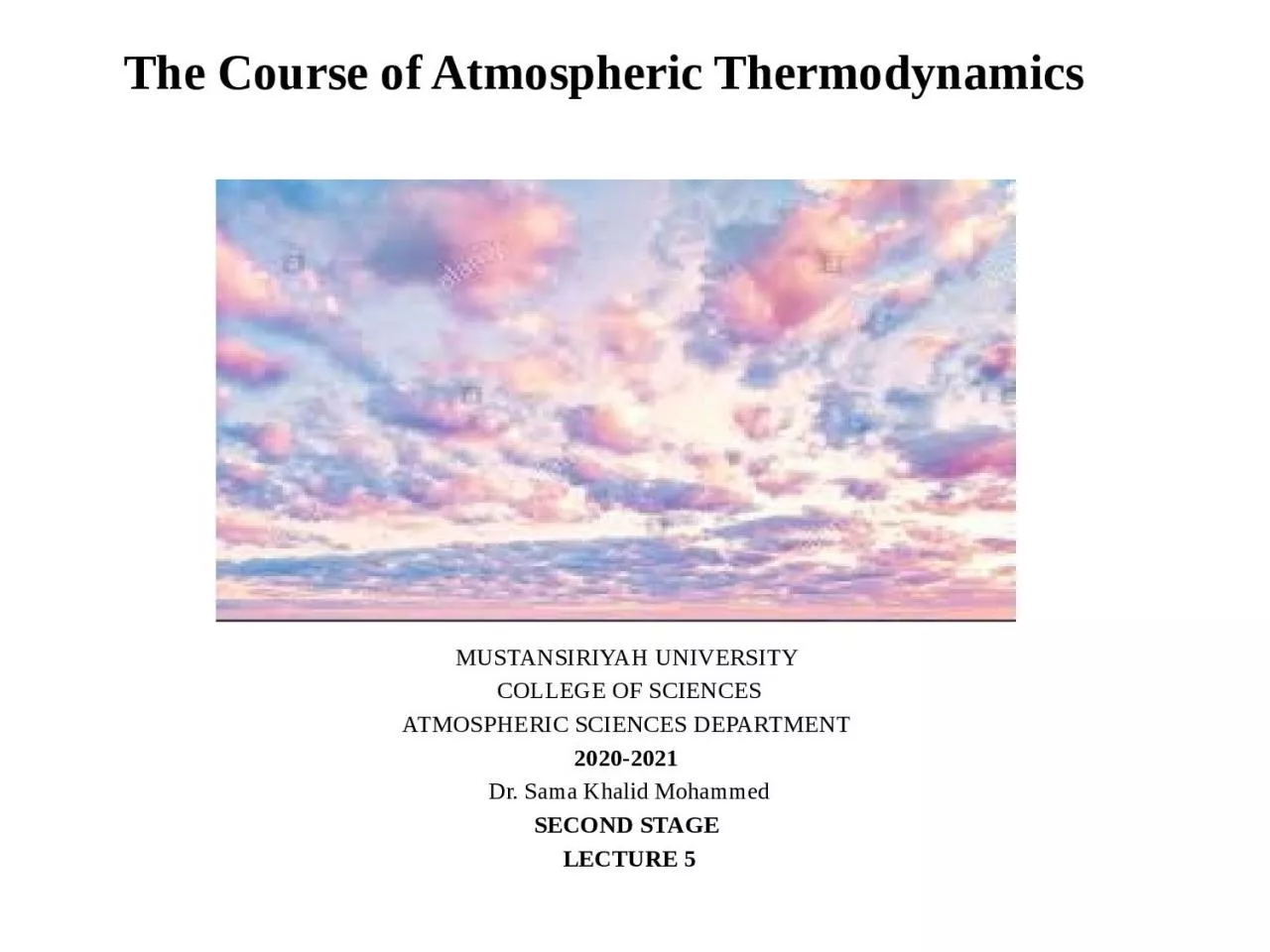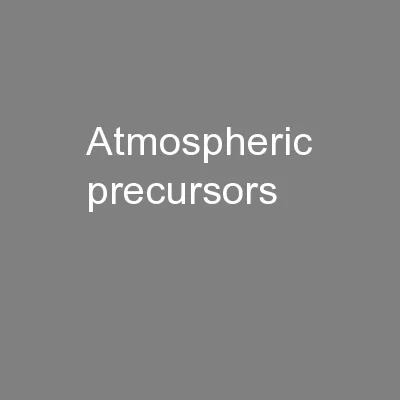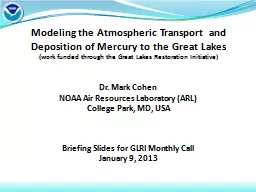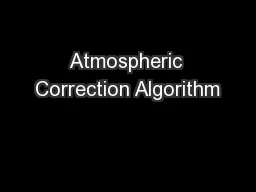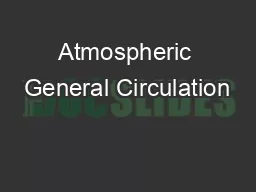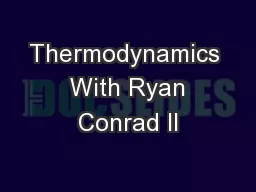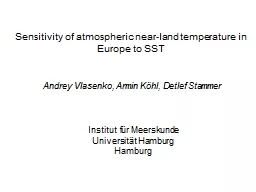PPT-The Course of Atmospheric Thermodynamics
Author : brianna | Published Date : 2023-09-25
MUSTANSIRIYAH UNIVERSITY COLLEGE OF SCIENCES ATMOSPHERIC SCIENCES DEPARTMENT 20202021 Dr Sama Khalid Mohammed SECOND STAGE Lecture 5 CONDENSATION LEVEL FREE
Presentation Embed Code
Download Presentation
Download Presentation The PPT/PDF document "The Course of Atmospheric Thermodynamic..." is the property of its rightful owner. Permission is granted to download and print the materials on this website for personal, non-commercial use only, and to display it on your personal computer provided you do not modify the materials and that you retain all copyright notices contained in the materials. By downloading content from our website, you accept the terms of this agreement.
The Course of Atmospheric Thermodynamics: Transcript
Download Rules Of Document
"The Course of Atmospheric Thermodynamics"The content belongs to its owner. You may download and print it for personal use, without modification, and keep all copyright notices. By downloading, you agree to these terms.
Related Documents

